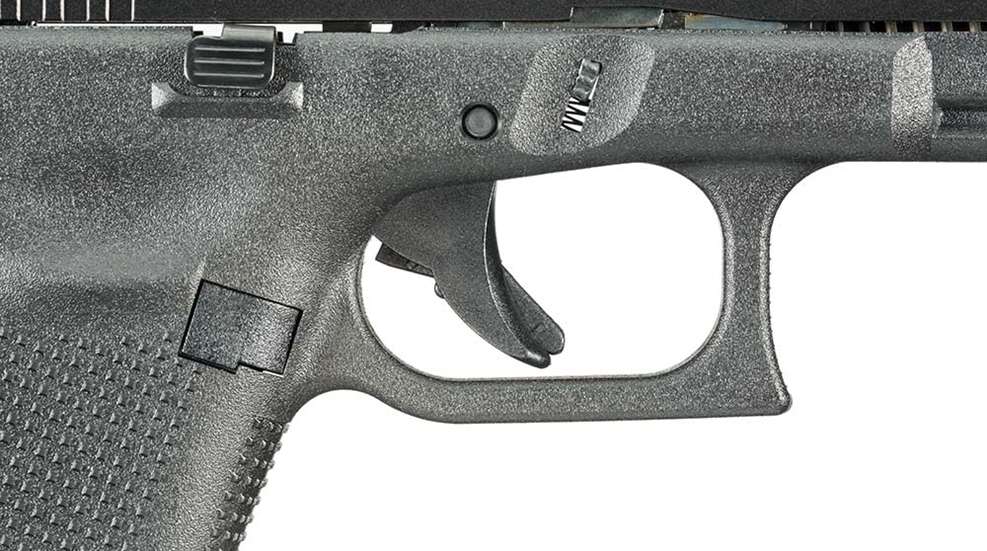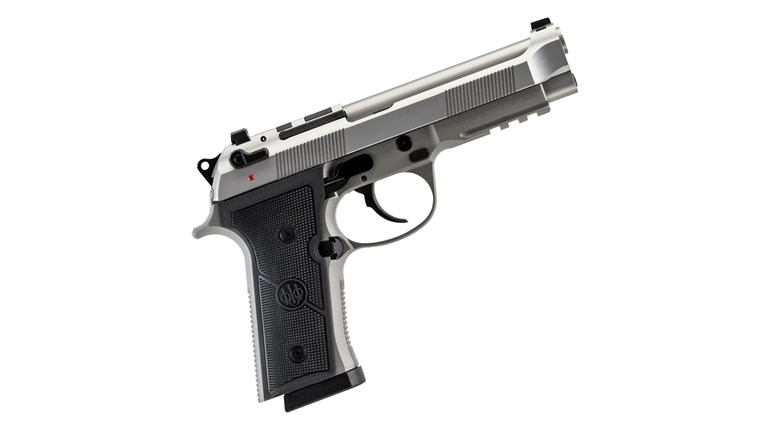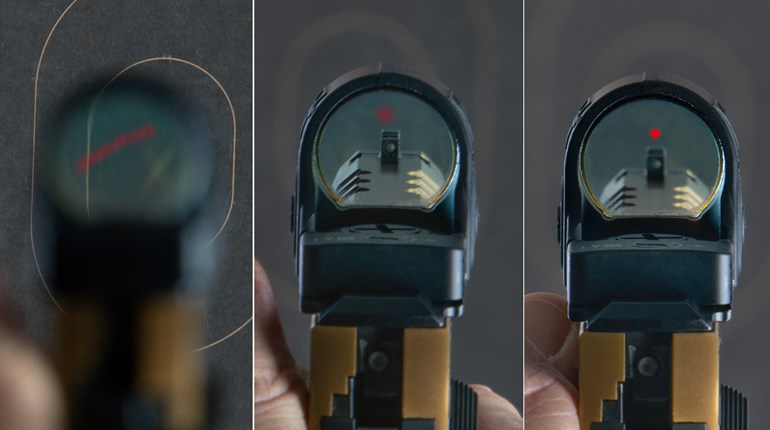
Firing a handgun, or any firearm for that matter, is a skill. In order to develop any skill, understanding of the task and repetition is required. If you were to put a guitar in the hands of a non-musician, that person is highly likely to be pretty much lost in looking at the fretboard, and probably quite awkward with their hands. Getting a tune out of the instrument would seem a daunting task at first.
This same theory applies to a firearm. Place a pistol in the hands of someone who has never handled one and ask him to fire it, and the results will more than likely be a disaster. Understanding of the operation of the firearm, instruction on the basics of shooting and a lot of practice are required to hone shooting skills.
Seasoned shooters are familiar with the basics: grip, sight picture and very importantly, trigger control. Many casual shooters often overlook the importance of correct trigger handling, and how it affects accuracy. There are several factors in play when it comes to trigger control, including the proper placement of the trigger finger, the squeeze itself, and consideration of the weight of the trigger pull.
I’ve heard many different opinions about the right placement of the trigger finger on the trigger. I have my own technique, but I’ve been shooting a long time. After decades of shooting, I rarely think about the actual placement of my finger on the trigger. It comes naturally, which will occur with anyone who practices enough. I’m right handed, therefore when my index finger addresses the trigger, the crease of the last joint of my finger is over the right outside corner of the trigger. This allows a natural squeeze and facilitates a direct backwards pull. Too much finger through the trigger guard, which puts the fleshy part of the finger between the middle and last joint, will inhibit a straight backwards pull, and result in the shot being thrown off. The same is the case if the shooter doesn’t have enough finger on the trigger, or is placing the fleshy part of the end of the index finger on the trigger.
Once the shooter gets used to the proper placement of the trigger finger, the squeeze itself is the next step to be studied. When the trigger is properly addressed by the index finger, the next step is the actual pull, or squeeze. The trigger should come back in as straight of a line as the shooter can muster. Any deviation right or left will result in a bad shot. One trick I’ve used over the years regarding a straight pull actually involves sight picture. When squeezing the trigger, concentrate on the front sight and imagine pulling it straight back through the aperture of the rear sight. The actual trigger squeeze should be one smooth movement, avoiding any hesitations or jerks.
Finally, thorough consideration of the trigger configuration and weight is a must. If a firearm has a heavy trigger pull, the effort required of the index finger, and really the entire hand, can be such that there is considerable penchant for the shot to be thrown. I am particular about the trigger pull weight on my using guns, and I like them pretty light. I find accurate shooting with a light trigger pull is much more accurate, though a light trigger also takes quite a bit of practice to master. Light triggers can be tricky, as some shooters tend to trip them prematurely.
Clearly, some handguns, especially automatics such as the 1911, are safer with a heavier-than-minimum trigger pull. Four to five pounds on such handguns seem to be a pretty good standard. With single-action revolvers, I tend to prefer a two-three pound pull, but such a weight requires practice.
I am a staunch advocate of dry-firing. I believe this is the single best way to learn proper trigger control without burning up a lot of ammo and is an outstanding tool, especially for new shooters. Obviously, dry-firing can be practiced indoors. It is extremely important, however, that the shooter be absolutely certain the firearm is unloaded before any dry-firing session. “Snapping” a handgun can be practiced often, and allows the shooter to become completely familiar with the weight and feel of the trigger. Dry-firing using a spot on the wall to maintain sight picture will almost always improve accuracy if done right, and done often.
Completely embrace your firearm’s trigger, and it will serve you well.





































